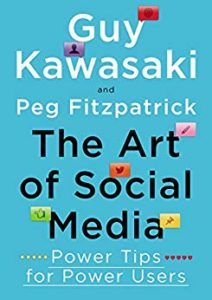Shakespeare Could Teach Bloggers a Thing or Two
Spacehuntr, Brussels’ fastest growing platform for scouting and booking event spaces in European cities, is apparently in the process of recruiting a content creator. If you feel Shakespeare could learn something from you, the company teases, you’re the candidate we’re seeking. (Myself, I am much too busy copywriting at Say It For You to be looking for a job, thank you. Still, that line got me thinking about the Bard and what he might have to teach today’s generation about content marketing…)
Meanwhile, one of Spacehuntr’s own recent blog posts caught my interest: Know your target audience: 10 ways to understand your people. When building a persona (a semi-fictional representation of the people with whom you’re attempting to connect), don’t consider only basic stats such as age gender, and nationality. Think ‘psychographic’, advises author Gareth Platt. Techniques for gaining insight into this audience, (many of which we have been incorporating in our Say It For You blog marketing for years), include:
1. running focus groups
While even the largest of my Say It For You blog clients is probably tiny compared to the largest of European corporations, I think blogs can perform a focus group function. Blog readers would weigh in on their own time in the form of responding to surveys, offering ideas or ratings – all good techniques to stimulate interaction with target customers.
2. using social media (posting opinions, asking questions, using hashtags)
As a freelance blog content writer and corporate blogging trainer, I find there’s some confusion about what distinguishes blogs from other social networking tools. Blogs, I believe, are a little more focused. The blogger serves as a “keynote speaker” in control of the discussion, yet still allows for questions and comments from the audience. I would agree with Spacehuntr’s focus on gaining insight into your audience, which means finding out where they “hang out” online and showing up there.
3. studying the competition
Regular readers of this Say It For You blog will recall that I advise business bloggers to read ten articles or other blogs for every blog post they write, and I follow that advice myself. We cannot position ourselves within the marketplace without studying our surroundings. And, for blogs to be effective, they must serve as positioning and differentiating statements. Each “visit” should conclude with readers understanding exactly what your unique philosophy or mission is, and why your approach can be beneficial to them.
So… were I inclined to apply for that copywriting position at spacehuntr, I’d be sure to mention that my college major was English and that I studied Shakespeare’s plays in detail. I’m sure the Bard would be properly impressed with the speed of digital communication today. I’m not sure I could teach him anything about understanding people, because his plays are full of the same humor, romance, tragedy, and insight we look for in good writing today. In fact, I suspect Shakespeare could teach us blog content writers a thing or two!






Follow us online!